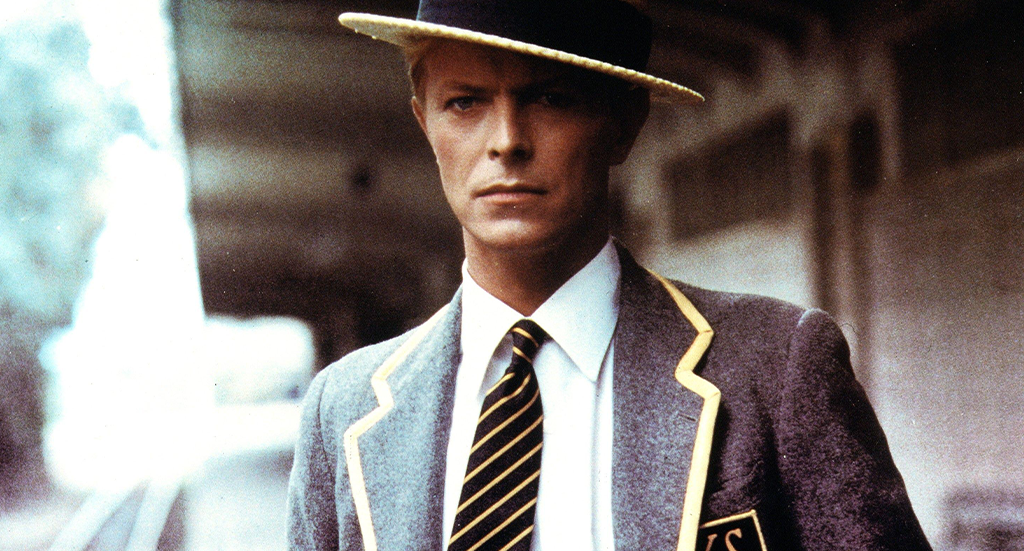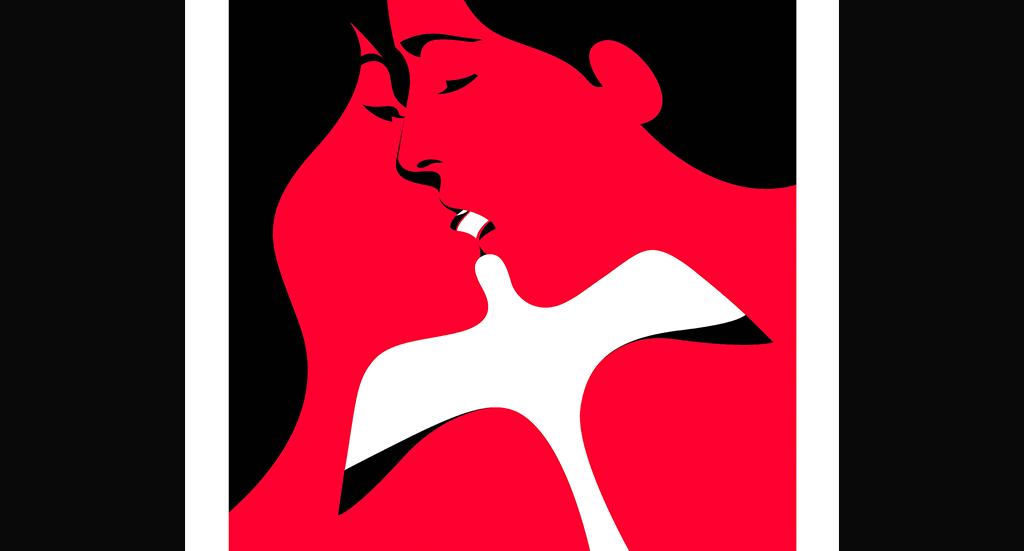71-80
Bowie’s favourite 100 Books – Part 8
David Bowie’s 100 favourite Books
Part 8


The Bird Artist by Howard Norman
Howard Norman’s The Bird Artist, the first book of his Canadian trilogy, begins in 1911. Its narrator, Fabian Vas is a bird He draws and paints the birds of Witless Bay, his remote Newfoundland coastal village home. In the first paragraph of his tale Fabian reveals that he has murdered the village lighthouse keeper, Botho August. Later, he confesses who and what drove him to his crime–a measured, profoundly engrossing story of passion, betrayal, guilt, and redemption between men and women. (Source: Goodreads.com)
Nowhere To Run – The Story Of Soul Music by Gerri Hirshey
Nowhere to Run examines the lives behind the legends of soul with energy, warmth, and emotionthe same qualities that characterized songs such as Baby, I Need Your Loving, Papas Got a Brand New Bag, and I Heard It Through the Grapevine. Author Gerri Hirshey takes us on a bus tour with the Temptations and on the backroads of rural Georgia with James Brown. Diana Ross reminisces about her lean teen years in Detroit. The Wicked Wilson Pickett tells his best stories long after the midnight hour in a New York City dressing room. And Michael Jackson, driving his Camaro and singing along to the radio, talks about opening shows for the great soul acts when he was a child. In this enthralling narrative, Gerri Hirshey captures the triumphs and failures of soul like no one else. (Source: Amazon.com)


Before The Deluge by Otto Friedrich
Before the Deluge is a social history of Berlin during the Weimar Republic from 1919 to 1933, covering traditional politics, economics, social conditions, cultural politics, the arts, and the lives of ordinary Berliners and the movers and shakers. It’s rich, dense, insightful, and full of interesting commentary and anecdotes based on the author’s experiences, documentary research, and interviews with key actors still alive in the late 1960s. (Source: minerscainers.com)
Sexual Personae: Art And Decadence From Nefertiti To Emily Dickinson by Camille Paglia
Sexual Personae: Art and Decadence from Nefertiti to Emily Dickinson is a 1990 work about sexual decadence in Western literature and the visual arts by scholar Camille Paglia, in which she addresses major artists and writers such as Donatello, Sandro Botticelli, Leonardo da Vinci, Edmund Spenser, William Shakespeare, Johann Wolfgang von Goethe, Samuel Taylor Coleridge, Lord Byron, Emily Brontë, and Oscar Wilde. Following Friedrich Nietzsche, Paglia argues that the primary conflict in Western culture is between the binary forces of the Apollonian and Dionysian, Apollo being associated with order, symmetry, culture, rationality, and sky, and Dionysus with disorder, chaos, nature, emotion, and earth. The book became a bestseller, and was praised by numerous literary critics, although it also received critical reviews from numerous feminist scholars. (Source: Wikipedia.org)


The American Way Of Death by Jessica Mitford
Before the turn of the century, the American funeral was simple “to the point of starkness,” says Jessica Mitford, the acclaimed muckraking journalist who published this investigation of the country’s funeral business in 1963. That the country went on to develop a tendency for gross overspending on funerals Mitford puts down to the greed and ingenuity of undertakers, whom she regards as salesmen guilty of pressuring families into agreeing to their excessive standards for burial. Mitford, who died recently, delivers facts and criticism in a forthright and humorous manner. She would certainly appreciate that her assessment of the American way of death endures after her own passing. (Source: Goodreads.com)
In Cold Blood by Truman Capote
In Cold Blood, subtitled “A True Account of a Multiple Murder and Its Consequences”, grandly described by Capote as “a non-fiction novel”, actually began as a New York Times murder story that became transformed into a tale of spine-tingling suspense and extraordinary intuition. It was Capote’s genius to understand that this midwest killing had a mythic quality, and that the sinister murderers opened up the dark underbelly of postwar America. During the early hours of 15 November 1959, in the small prairie community of Holcomb, Kansas, four members of a prosperous farming family, were savagely murdered by shotgun blasts discharged at close quarters into their faces. There was no apparent motive for the crime, and hardly any clues. (Source: Legeradier.com)


Lady Chatterly’s Lover by D.H. Lawrence
Lawrence’s frank portrayal of an extramarital affair and the explicit sexual explorations of its central characters caused this controversial book, now considered a masterpiece, to be banned as pornography until 1960.
Teenage by Jon Savage
In this book Savage tells a compelling story. Between 1875 and 1945, he argues, “every single theme now associated with the modern Teenager” – note the capital T – “had a vivid, volatile precedent”. Taking not just Britain and America but also France and Germany as his examples, he has written a panoramic “prehistory” of teenagers, and of their elders’ attempts to control, liberate or exploit them. (Source: Guardian.com)


Vile Bodies by Evelyn Waugh
The Bright Young Things of 1920s Mayfair, with their paradoxical mix of innocence and sophistication, exercise their inventive minds and vile bodies in every kind of capricious escapade, whether it is promiscuity, dancing, cocktail parties or sports cars. A vivid assortment of characters, among them the struggling writer Adam Fenwick-Symes and the glamorous, aristocratic Nina Blount, hunt fast and furiously for ever greater sensations and the hedonistic fulfilment of their desires. Evelyn Waugh’s acidly funny and experimental satire shows a new generation emerging in the years after the First World War, revealing the darkness and vulnerability beneath the glittering surface of the high life. (Source: Goodreads.com)
The Hidden Persuaders by Vance Packard
A pioneering and prescient work revealing how advertisers use psychological methods to tap into our unconscious desires in order to “persuade” us to buy the products they are selling. A classic examination of how our thoughts and feelings are manipulated by business, media and politicians, The Hidden Persuaders was the first book to expose the hidden world of “motivation research,” the psychological technique that advertisers use to probe our minds in order to control our actions as consumers. Through analysis of products, political campaigns and television programs of the 1950s, Packard shows how the insidious manipulation practices that have come to dominate today’s corporate-driven world began.

Please stay tuned for Part 9 – soon on theecool.com






Join our Community